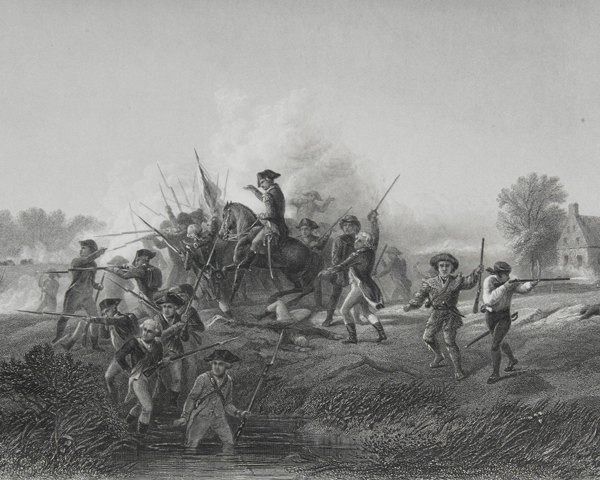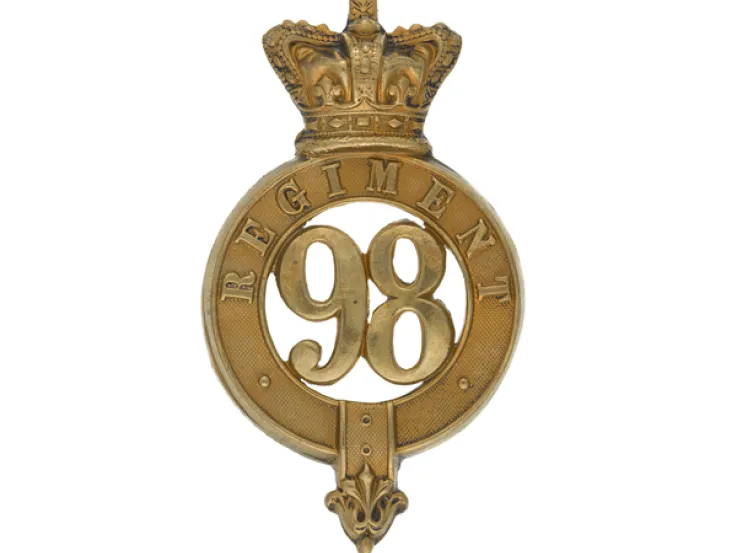Origins
In 1756, following the outbreak of the Seven Years War (1756-63), the 8th Regiment of Foot raised a 2nd Battalion. Just two years later, this became a regiment in its own right, with the numeral 63.
At first, it was only used in raids on the French coast. Then, in 1758, it set off for its first overseas posting. This was to the West Indies and included the attacks on Martinque (1759) and Guadeloupe (1759).
America
From 1763, it undertook garrison duties in Ireland for 12 years. After that, it moved to Boston, Massachusetts to serve during the American Revolutionary War (1775-83). It went on to fight at Bunker Hill (1775), Long Island (1776), Brandywine (1777), Germantown (1777), Fort Clinton (1777), Monmouth (1778), Charleston (1780) and Camden (1781).
In 1782, it left America for Britain. That year it was also given its county affiliation with West Suffolk. The regiment then remained in Britain and Ireland until 1794.
Revolutionary War
It was sent to the Netherlands twice, in 1794 and 1799, fighting at Alkmaar during the latter deployment. The intervening years saw the 63rd back in the West Indies, where it helped put down a revolt against British rule on Grenada (1796).
In 1800, it formed part of the British force sent to support an abortive Royalist landing at Quiberon Bay in France. It then served in Ireland and the West Indies, where it took part in the capture of Guadeloupe (1810).
In 1804, the regiment raised a 2nd Battalion, which was disbanded only 10 years later, and whose only overseas service was the Walcheren Expedition to the Netherlands in 1809.
Victorian era
The regiment was briefly in Portugal from 1826 to 1828, but otherwise spent the 1820s in Britain and Ireland. In 1828, it escorted convicts to Australia, later redeploying from there to India in 1833. It remained in India and Burma for 14 years, only landing back in England in 1847.
It served in the Crimean War (1854-56) from August 1854, fighting at Inkerman (1854) and the Siege of Sebastopol (1854-56), and taking part in the assault on the Redan in September 1855.
It then garrisoned Canada from 1856 to 1862. That period included the Trent Affair, when tensions with the Union States almost led Britain to abandon its neutrality in the American Civil War (1861-65).
The regiment returned to Britain and Ireland on garrison duties, before being sent to India to join the Second Afghan War (1878-80).
Legacy
The regiment was still in India in 1881, when it was amalgamated with the 96th Regiment of Foot to form The Manchester Regiment.
Regimental museums
The National Army Museum works with a network of Regimental and Corps Museums across the UK to help preserve and share the history and traditions of the Army and its soldiers.
Discover more about the 63rd (West Suffolk) Regiment of Foot by visiting the Museum of the Manchester Regiment in Ashton-under-Lyne.












